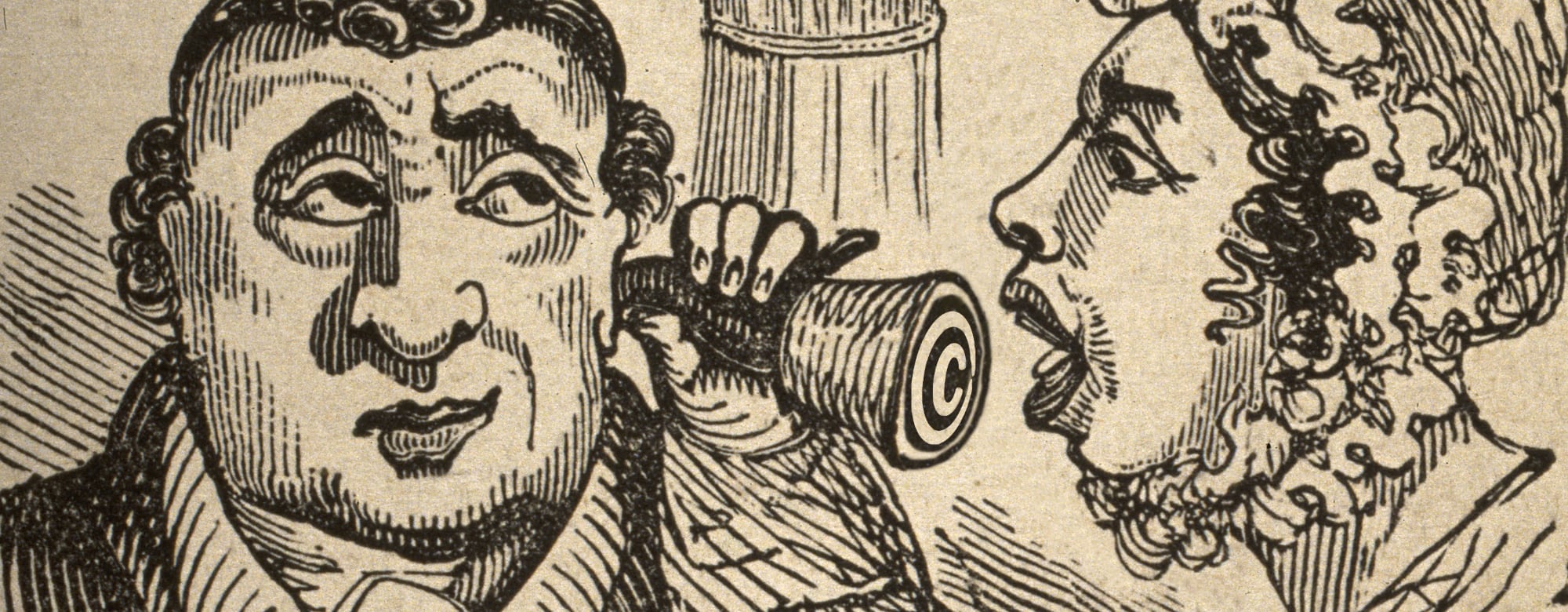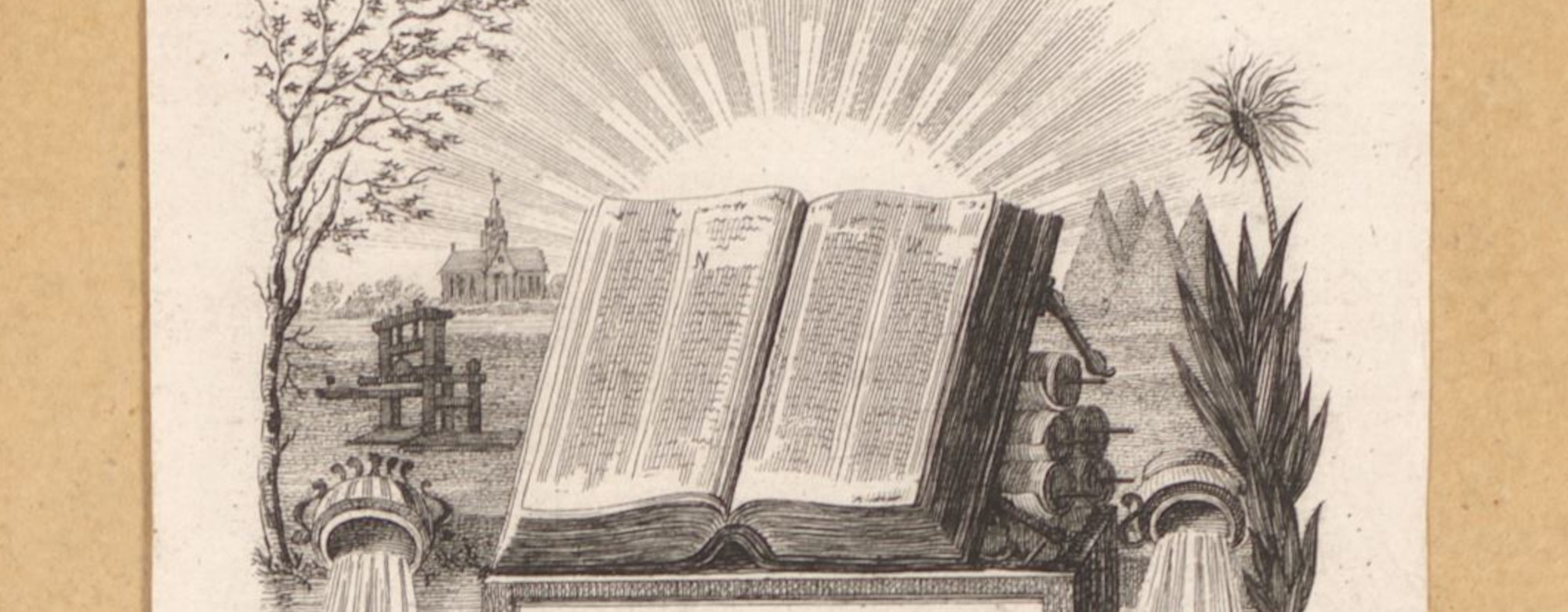The fourth meeting of the Article 17 stakeholder dialogue took place in the last week before the holiday break. Just like the third meeting, this meeting was dedicated to (more or less) technical presentations on content management technologies and existing licensing practices. In total there were 12 presentations from platforms (Facebook, Seznam, Wattpad), providers of content management tools (Audible Magic, Ardito, Fifthfreedom, Smart protection), rightholders (GESAC, Universal Music Publishing, Bundesliga) as well as by BEUC and the Lumen database.
Filters are context-blind
The day’s presentations largely repeated the lines of arguments different stakeholders had presented during the previous meetings (a recording of the full meeting can be found here). Most notably all providers of content recognition technology confirmed that their technology does not go beyond simple matching of files and cannot understand the context in which a use takes place. Audible Magic summarised this in their opening statement:
Copyright exceptions require a high degree of intellectual judgement and an understanding and appreciation of context. We do not represent that any technology can solve this problem in an automated fashion. Ultimately these types of determinations must be handled by human judgement […]
As we have argued after the third meeting of the stakeholder dialogue, this is an unsurprising but significant insight as it means that current technology cannot be used to automatically block or remove content uploaded by users.
Platforms don’t trust rightholders
The presentation given by Facebook about Facebook Rights Manager, its in-house content recognition tool, highlighted another problem that such tools are facing: One of the “main challenges” that Facebook is facing with its Facebook Rights Manager tool is that rightholders abuse the tool by claiming rights in works that they do not own. As a result Facebook only makes the most sensitive functionalities (such as automated blocking of uploaded content) available to a small group of carefully vetted trusted rightholders.
This admission is significant in the context of the application of Article 17, as the new Copyright Directive does not distinguish between different rightholders based on how much they can be trusted. Platforms will need to block/remove all content for which they receive “relevant and necessary information” from rightholders. The Directive also lacks any provisions that would allow platforms to limit the use of the filtering provisions by rightholders who repeatedly abuse them. This is one of the reasons why we have been asking that any requests for removal/blocking of content must be made via a centralised public database that allows anyone to scrutinise the underlying ownership claims.
Rightholders don’t trust platforms
During the afternoon, music industry representatives once more took the floor to present their view of the situation. In back-to-back presentations Universal Music Publishing (UMP) first made the argument that “European Music is in great peril” and that it is therefore imperative for Member States to “faithfully implement” the Copyright Directive. From the perspective of UMP the discussion about filtering is misguided, since Article 17 is only about “fair licensing in Europe” and does not require any “new technologies and inventions”.
UMP’s presentation was followed up by a presentation by GESAC which doubled down on the argument that Article 17 is primarily a tool to improve licensing practices (unlike UMP, the GESAC representatives did acknowledge that this might be different for rightholders in other sectors). GESAC followed up its general point with a detailed list of issues where they feel treated unfairly by YouTube (see slides 5-17 of their presentation).
While the details of the presentation felt somewhat out of place for a stakeholder dialogue on the EU level, the presentation did shed light on one of the main pain-points of collecting societies (and rightholders more generally): From their perspective it is highly problematic that, under the current conditions, big platforms such as YouTube can unilaterally set the rules that rightholders have to abide by. Consequently, GESAC is looking at Article 17 as a means to change this power dynamic.
If this will happen will largely depend on how the transparency provisions in Article 17(8) that requires platforms to provide rightholders with “information on the use of content covered by [licensing] agreements” will be implemented. This is clearly another area where increased transparency (in this case from platforms to rightholders and users) can solve a lot of issues.
Nothing new here but everything will be different
As we enter the following phase of the stakeholder dialogues (the next meeting on the 16th of January 2020 will finally focus on the actual provisions of Article 17) a number of insights have emerged. Taken in isolation the music industry’s mantra that Article 17 is only about licensing and that nothing will change for users is almost convincing. By and large the music industry wants to license platforms and for platforms licensing musical works is relatively straightforward. However, the music industry’s narrative conveniently ignores that in other sectors (most notably the AV sector) there is very little intention to license platforms for the use of audiovisual works uploaded by their users. During the first two phases of the stakeholder dialogue the AV industry has made it abundantly clear that they will rely heavily on the filtering/blocking provisions contained in Article 17, which has the potential to severely limit user freedoms unless the safeguards contained in Article 17 are implemented in a meaningful way.
Over the past four meetings it has also become clear that automated content recognition (ACR) technology is at the same time extremely capable and extremely limited.
The systems that have been presented by a number of vendors as well as the in-house systems presented by the big platforms excel at matching (music and audiovisual) content to reference files and play an important role in ensuring that revenues get attributed to the right rightholders. The problems that continue to exist in this space are primarily related to a lack of transparency both with regards to claims of ownership in works and to the monetisation policies set by dominant platforms.
At the same time it is also clear that these technologies do not even attempt to understand if individual uses are covered by exceptions or not. ACR systems are really good at recognizing content but they cannot understand the context in which content is used. This makes all of the technologies discussed at the stakeholder dialogue unsuitable for automated blocking/removal of content (“upload filtering”). It is this insight that will need to drive the development of guidelines for the implementation of Article 17. As explained by a large number of leading academics, these guidelines will need to prioritise safeguarding user rights over the use of automated content recognition as a means to limit the liability of platforms under the new liability regime established by Article 17.
This will be the central issue at stake during the upcoming final phase of the stakeholder dialogue. Somewhat ironically the music industry, which brought us Article 17 in the first place, should have the least incentive of all rightholders to work against ensuring strong user safeguards.

